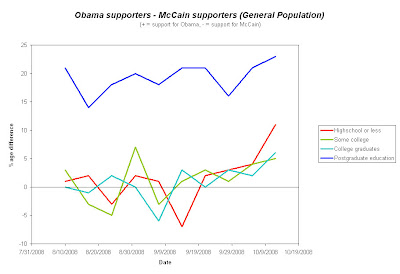 Like in many areas, photography is an important addition to telling the big stories of the world, especially if those stories are too far away or too big to capture in people's minds with words alone. Therefore, just like the importance of war photographers in all armed conflicts going back to the creation of a camera that can capture a candid picture, photography presents the reader with a gritty vision of today.
Like in many areas, photography is an important addition to telling the big stories of the world, especially if those stories are too far away or too big to capture in people's minds with words alone. Therefore, just like the importance of war photographers in all armed conflicts going back to the creation of a camera that can capture a candid picture, photography presents the reader with a gritty vision of today.I have been (tangentially) following the Prix Pictet, and they have found a winner for their 2008 prize: Benoit Aquin. The following quote and picture are from the Prix Pictet website:
Making the formal presentation, Kofi Annan said: "It is my hope that the Prix Pictet, the world's first prize dedicated to photography and sustainability, will help to deepen understanding of the changes taking place in our world and raise public awareness about the urgency of taking preventative action. Each artist has addressed the environmental and social challenges we face in their own personal way. The result is a series of powerful images which seeks to confront us with the scale of the threat we face and to inspire governments, businesses, - and all of us as individuals - to step up to the challenge and support change for a sustainable world."
Benoit Aquin was chosen by an international panel of independent judges, chaired by Francis Hodgson (head of the photographs department at Sotheby's, London) who said:
"The jury were impressed by the overall standard in this the Prix Pictet's first year. The photographers have made it a really tight competition. In the end we are pleased to acknowledge the quite excellent series that Benoit Aquin has made on desertification in China, which in the opinion of the jury just pipped a group of other excellent candidates.
"We are proud to have set a standard to which future Prix Pictet nominees can aspire and we are delighted to compliment Benoit Aquin on a quite splendid achievement."

























